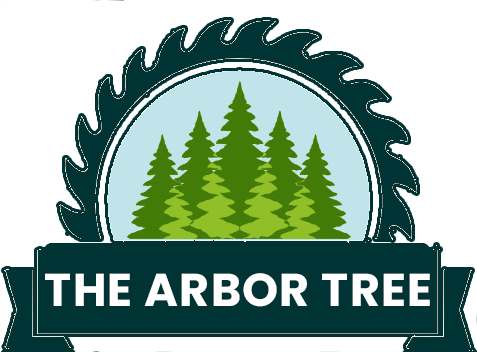Emerald Ash Borer Treatment

The Arbor Tree’s professionals provide help to homeowners and landowners with Emerald Ash Borer (Agrilus planipennis or EAB) infestations. These pests are capable of destroying ash trees in a relatively short amount of time, leaving entire groves of the trees dead. The EAB have destroyed millions of ash trees across Canada and the United Staes, including Montreal and its Eastern Townships. The Arbor Tree treats trees with Emerald Ash Borer infestations or removes them from the property to stop the pest from spreading.
Treatment starts by diagnosing the Emerald Ash Borer infestation. In best case scenarios the trees can be saved by our arborists using aggressive treatment methods. Of course, we recommend preventative pre-treatment of trees to stop infestations before they start. EAB can infect all ash tree varieties, so any property owner with green, black, white, or blue ashes should contact us for annual pre-treatment in mid-April to mid-May.
How Emerald Ash Borer Destroy Trees
The emerald ash borer is a small, wood boring beetle with a metallic emerald-green coloration. Once native to Asia, these insects have become an invasive species in North America because our trees do not have a natural defense against infestations. They were first found in the US in 2002 and have since spread across the country and into Canada.
Infestations begin in the larval stage. Adult EAB lay eggs in the sapwood of ash trees. This area of the tree is softer and hatched EAB larvae will eat away at the wood. The larger the infestation, the harder it is for the tree to deliver water and nutrients to itself. The tree will begin to die as the larvae feast.
Then the cycle beings again. The grown adults will have a 3 week lifespan where they will infest more trees with new eggs and larvae. It only takes 2 to 4 years of infestation to completely kill an ash tree.
Warning Signs of Emerald Ash Borer Infestation
One of the earliest signs of an infestation is a thinning canopy. The leaves will turn brown before disappearing entirely. By this point, the infestation is widespread enough that the tree is likely unable to be saved even by our expert arborists.
Other common signs of EAB:
D-shaped exit holes in the bark (about 1/8” in size) from where adult emerald ash borers exit the tree
Vertically splitting bark
More woodpeckers than usual feeding on the tree
Low sprouting shoots from the main trunk (known as epicormal growth) – a sign of stress on the tree
Leaves changing colors earlier than usual in fall
If you suspect you may have an emerald ash borer infestation, call our certified arborists. We can check your tree and make a definitive diagnosis. If an infestation is caught early treatment to save the tree can begin. We can also provide you a free estimate for tree and stump removal.






